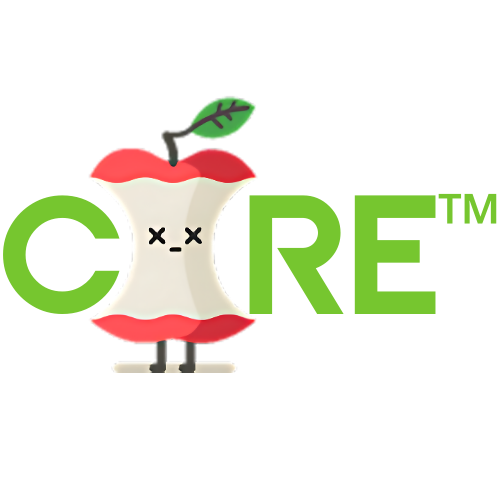The SBA Payroll Protection Program and How to Get Your Money

The Paycheck Protection Program (often called the payroll protection program) is another avenue for small businesses to apply for SBA loans during the coronavirus outbreak. This is a separate program from the SBA disaster loans (EIDL), which you can read about on Heavy here. If you’re applying for a loan via the Paycheck Protection Program, read on for more details about when and how to apply, including a list of who some of the PPP lenders are with links for early applications.
Application Dates
Lenders begapn processing loan applications for small businesses and sole proprietors on Friday, April 3, according to the Treasury’s fact sheet.
If you’re an independent contractor or otherwise self-employed, applications began on April 10.
The deadline is June 30, Smart Asset reported. However, it’s better to apply as soon as possible because loans have a cap at $349 billion.
Apply Through SBA Lenders, Not the SBA’s Website
You can’t apply on the SBA’s website for this loan, unlike the disaster assistance loan. Instead you’ll apply through any SBA 7(a) lender or federally insured depository institution or credit union, among others.
The SBA’s fact sheet notes: “You can apply through any existing SBA lender or through any federally insured depository institution, federally insured credit union, and Farm Credit System institution that is participating. Other regulated lenders will be available to make these loans once they are approved and enrolled in the program. You should consult with your local lender as to whether it is participating. Visit www.sba.gov for a list of SBA lenders.”
As of the time of publication, the SBA did not have a list of vendors readily visible on its website. However, the SBA does provide a list of its most active SBA 7(a) lenders here, and these are among the lenders eligible to participate in the PPP. Below is the list of the SBA’s most active lenders, along with links where you can apply (or pre-apply), get more information or where applications will be posted once available. This is not a full list of lenders but a list of the most active, in alphabetical order. Please note that some of these businesses may not be ready to accept applications right on April 3, but they may include links for updates about when applications are available.
If you want to monitor any of these sites and get notifications when their webpages change, you can use a service like ChangeTower or Fluxguard.
According to the SBA, credit unions, S&Ls, banks and other lenders can join the 7(a) loan program if they meet certain requirements, which you can read here.
How To Apply
You can find a sample application form for the Payment Protection Program on the SBA’s site here. This is not an official application, which you have to get through a lender and not through the SBA. But this gives you an idea of what you’ll need to apply. It’s a three-page application that requires a few yes-or-no questions and certifications that the loan is necessary.
To apply, you’ll need to complete the PPP loan application and you’ll need payroll documentation. Some other lenders may require additional documentation. Trustmark, for example, requires 2019 End of Year Unemployment tax reports, IRS Form 940, organization documents (such as a certificate of existence), a list of entities owned by any 20% or more owner and they recommend including evidence of healthcare benefits paid to employees for 2019, evidence of retirement benefits paid and most recent tax returns.
You’ll need to know your average monthly payroll in order to apply. The SBA notes this is typically the average monthly payroll for 2019, excluding costs over $100,000 “on an annualized basis for each employee.” For seasonal businesses, you can use an average monthly payroll for February 15, 2019, to June 30, 2019. New businesses can use the time period from January 1, 2020, to February 29, 2020, with the same exclusion noted above.
According to the fact sheet, loans can be used for payroll costs (including benefits), interest on mortgage obligations before February 15, rent in force before February 15, and utilities whose service began before February 15.
Loans can be for up to two months of your average payroll costs from last year, plus 25 percent, up to $10 million. Loans must be used for payroll costs, mortgage interest, rent and utilities over an eight-week period from getting the loan in order to be forgiven. The SBA anticipated that no more than 25 percent of non-payroll costs will be forgiven.
Loan Alternatives
If you’re rejected for this loan, there are still many other options available. Your state might be offering loans for small businesses. You might also be able to apply for a disaster assistance loan through the SBA. The SBA is also offering Enhanced Debt Relief.
To learn more, contact us today!
DW Tax Prep | 5620 Saint Barnabas Road, Suite 100, Oxon Hill, MD, 20745
